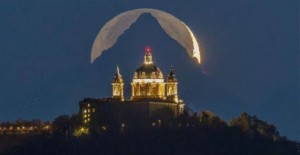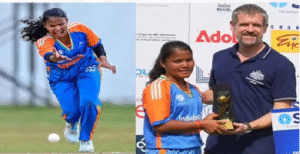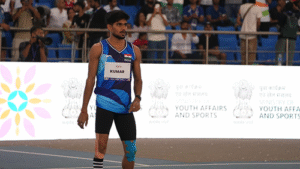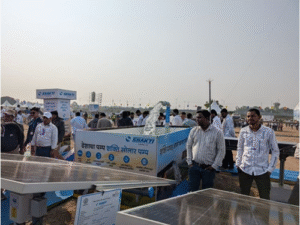Here’s a detailed overview of India’s first underwater metro tunnel — a major engineering feat in Kolkata, West Bengal:
Project: Kolkata East-West Metro Corridor
Executed by: Kolkata Metro Rail Corporation (KMRC)
Completed: February 2020 (tunnel boring and structural work under the river completed)
River Crossed: Hooghly River, a distributary of the Ganges
Total Length of Line: 16.6 km
Underground: ~10.8 km
Elevated: ~5.8 km
Underwater Tunnel Stretch: 520 meters
Depth: More than 33 meters below the riverbed
Tunneling Depth from Ground Level: ~ 13 meters under the riverbed, and about 26–33 meters below the surface
Twin tunnels: For up and down metro lines, constructed side by side using Tunnel Boring Machines (TBMs)
Howrah Station: Interchange with Indian Railways’ busiest terminal
Sealdah Station: Another major national railway terminal
Other stations along the stretch: Esplanade, Mahakaran, Phoolbagan, Salt Lake Sector V, etc.
Tunnels built using Earth Pressure Balance Tunnel Boring Machines (EPB TBMs) from Germany.
Used hydrophobic concrete and high-density polyethylene gaskets to prevent water ingress.
Designed to withstand earthquakes and water pressure from the Hooghly.
Work on tunneling under the Hooghly was completed in February 2020.
The first operational phase (Salt Lake Sector V to Phoolbagan) opened to the public in October 2020.
The full stretch, including the underwater section, is expected to become fully operational by 2024–25.
First of its kind in India and a rare feat in South Asia.
Enhances connectivity between Howrah and Sealdah, two of India’s largest and busiest railway terminals.
Reduces travel time between Howrah and Salt Lake from 90 minutes to ~30 minutes.
Boosts eco-friendly, fast, and efficient public transport in a densely populated city.







